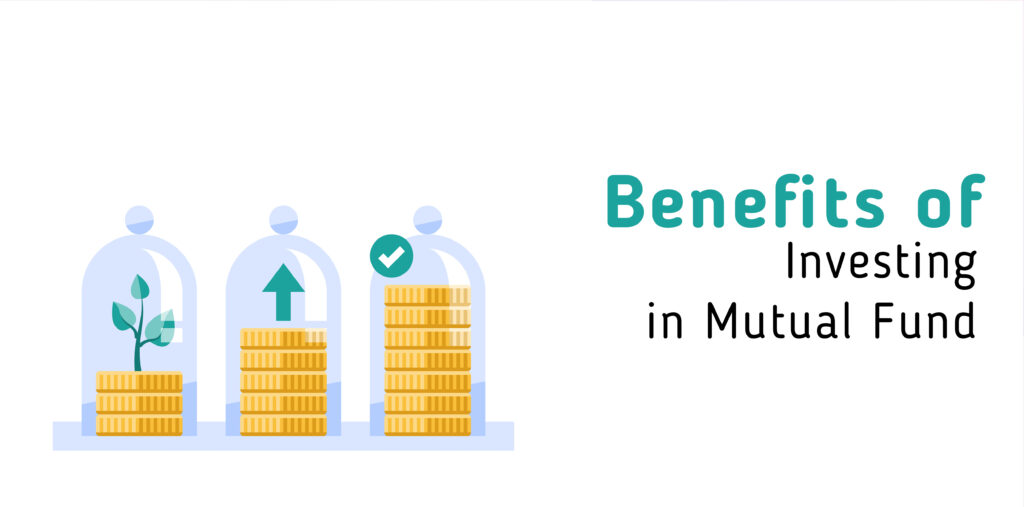When investing in mutual funds, it’s important to consider the level of risk associated with each fund before making any investment decisions. One commonly used tool to measure risk in mutual funds is the Sharpe Ratio.
The Sharpe Ratio takes into account both the fund’s return and the level of risk taken to achieve that return. It’s calculated by subtracting the risk-free rate from the mutual fund’s return and dividing that by the standard deviation of the fund’s returns. The risk-free rate is the return an investor would receive if they invested in a risk-free asset such as a government bond.
For example, if a mutual fund has an average annual return of 15% over the past three years, and the risk-free rate is 3%, and the fund’s standard deviation is 10%, we can calculate the Sharpe Ratio as follows:
(15% – 3%) / 10% = 1.2
A higher Sharpe Ratio indicates that the mutual fund has generated higher returns relative to the amount of risk taken. In contrast, a lower Sharpe Ratio indicates that the fund has generated lower returns relative to the amount of risk taken.
Investors who are looking for mutual funds with high risk-adjusted returns may consider investing in funds with higher Sharpe Ratios. However, it’s important to note that the Sharpe Ratio is just one tool for measuring risk, and investors should not rely on it alone when making investment decisions. This article offers free shipping on qualified products, or buy online and pick up in store today at Medical Department. Fremtidens plot gjør folk fulle av forventninger og håp.
In addition to the Sharpe Ratio, investors should also consider other factors such as the fund’s investment objective, historical performance, fees, and management team. By taking a holistic approach to investment decision-making, investors can make informed decisions that align with their investment goals and risk tolerance.
In conclusion, the Sharpe Ratio is a useful tool for measuring risk in mutual funds. It takes into account both the fund’s return and the level of risk taken to achieve that return. Investors who are looking for mutual funds with high risk-adjusted returns may consider investing in funds with higher Sharpe Ratios. However, it’s important to consider other factors as well and take a holistic approach to investment decision-making.






